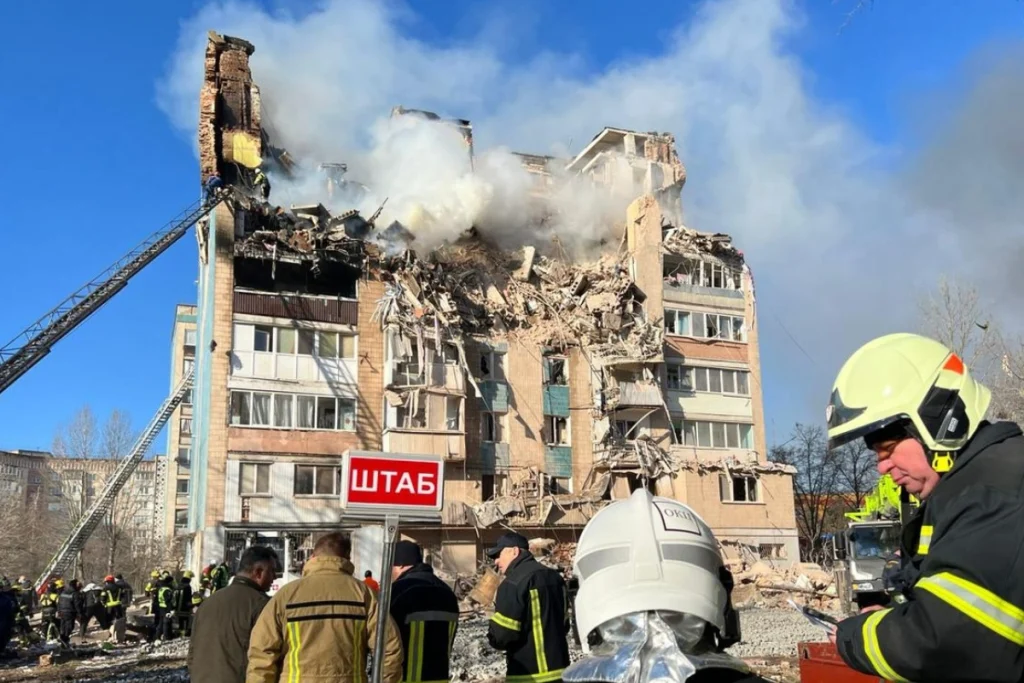Trump’s New Russia-Ukraine Peace Initiative
President Donald Trump is currently crafting a multi-point peace plan aimed at resolving the ongoing conflict between Russia and Ukraine. This initiative represents a significant diplomatic undertaking by the former president, who has repeatedly emphasized his ability to negotiate an end to the war that has continued to devastate Ukraine since Russia’s full-scale invasion began in February 2022. While specific details of the plan remain under development, Trump has previously suggested he could bring both Russian President Vladimir Putin and Ukrainian President Volodymyr Zelensky to the negotiating table, leveraging his relationships with both leaders to broker a cease-fire and eventual peace agreement.
The timing of this peace plan is particularly notable as it comes during Trump’s presidential campaign, where foreign policy and America’s role in international conflicts have become central issues. Trump has consistently criticized the Biden administration’s approach to the war, arguing that the conflict would never have escalated under his leadership and suggesting that current U.S. financial and military support to Ukraine lacks proper oversight and strategic direction. His peace initiative appears designed to present voters with an alternative vision for resolving what has become one of the most consequential European conflicts since World War II, positioning himself as a dealmaker who can succeed where current diplomatic efforts have stalled.
Sources close to the former president indicate that the plan may involve compromises from both Russia and Ukraine, potentially addressing contentious territorial claims, security guarantees, and the future relationship between the warring nations. However, the feasibility of such a plan remains questionable given the fundamental differences in what each side considers non-negotiable. Ukraine has maintained that full territorial integrity, including the return of Crimea and the eastern regions annexed by Russia, must be part of any peace agreement, while Russia has shown little willingness to relinquish territories it now claims as its own. The challenge for Trump’s plan will be finding common ground that both sides could accept without appearing to capitulate on essential national interests.
Trump’s approach to peace negotiations would represent a significant departure from current U.S. policy, which has focused on strengthening Ukraine’s position on the battlefield through substantial military aid while imposing economic sanctions on Russia. Critics of Trump’s initiative worry that any plan he proposes might pressure Ukraine to make territorial concessions to Russia, effectively rewarding Putin’s aggression and potentially undermining international norms against forcible border changes. Supporters, however, argue that a pragmatic solution that ends the bloodshed should take priority over idealistic principles, and that Trump’s unorthodox diplomatic style might succeed where traditional approaches have failed.
The international community’s reaction to Trump’s peace initiative has been mixed, with NATO allies watching carefully for signals of how U.S. policy might shift under a potential second Trump presidency. European nations, particularly those bordering Russia, harbor concerns that any hasty peace deal could leave Ukraine vulnerable to future Russian aggression while potentially weakening the transatlantic security framework. Meanwhile, countries less directly affected by the conflict, especially those experiencing economic hardship from energy price increases and supply chain disruptions, might welcome efforts to bring the war to a swift conclusion, regardless of the terms.
As Trump continues to develop this multi-point peace plan, its details will likely evolve in response to changing battlefield conditions and political considerations. The success of such an initiative would depend not only on the specific terms proposed but also on Trump’s ability to convince both Putin and Zelensky that compromise serves their interests better than continued conflict. Whether this plan represents a genuine path to peace or primarily serves as a campaign talking point remains to be seen, but it underscores how the Russia-Ukraine conflict continues to shape American political discourse and presidential politics, with potential global ramifications for international security, diplomatic norms, and the future European order.














